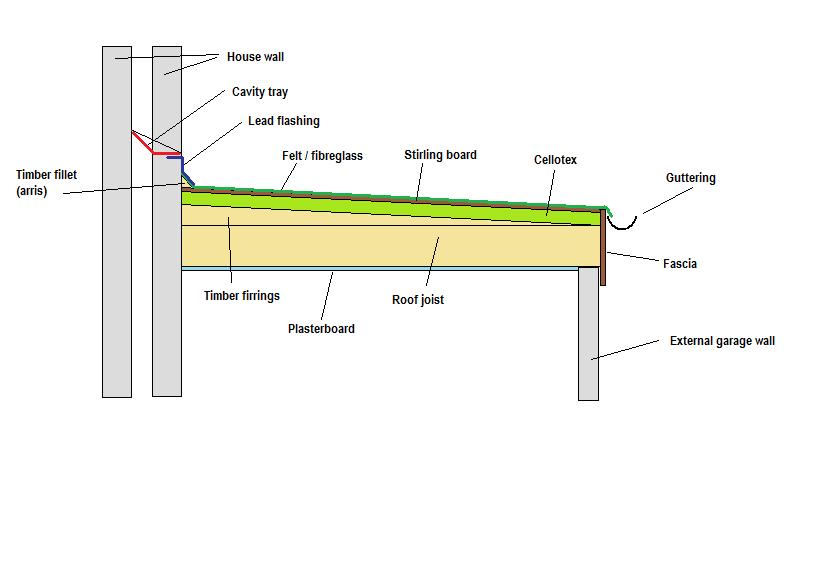These are expressed as a u value which needs to be achieved.
Flat roof u values building regulations.
The complex way in which the different parts of a building specification interact also informs compliance with national building regulations.
Whole building energy assessments are essential for understanding how the design of each construction element contributes to the performance of the building overall.
The building standards scotland amendment regulations 1982 came into force on 28 march 1983 introduced thermal insulation.
1 4 3 1 6 4 3 3.
U values unlike a new building.
Existing buildings do not require a target co2 emissions rate however they do require a target u value to meet for building elements walls floors and roofs.
A lower u value indicates better insulation properties hence u value requirements usually specify a maximum value.
Building regulations actually change more frequently than that about every 5 years or so and each part of the regulations may be updated at a different time but it gives a good guide to what has happened over the last 50 years.
The below drawing shows the u value requirements set out for new properties in the building regulations for each element walls floors and roofs.
Ireland s building regulations specifically part l conservation of fuel and energy dwellings 2011 technical guidance document outline the required u value for each area of a home.
Therefore the less heatloss.
The target u value for flat roofs on existing buildings other than dwellings are shown in table 4 below.
Consequently the higher the u value the more heatloss you have in the home.
Flat roof or pitched roof insulation between rafters or roof with integral insulation.
Sometimes the excitement of starting a new construction project or building venture can lead you to forget about the finer details such as planning permission and local building regulations.
These things will affect the timing cost and overall running of your project.
Make sure your comply with flat roof building regulations.
The tables below show the suggested u values in england wales and scotland.
Building regulations standards and u values.
The required u value will depend on the location of the project england scotland or wales type of building domestic or non domestic and the application floor wall or roof.
The actual specification required for a compliant building and necessary building fabric u value targets may vary depending on the actual overall proposed specification and the outcome of the energy.
The table below shows the u values required by building regulations for each building component in each decade.
The lower the u value the more insulation there is in a building element e g a floor ceiling or wall.
U value of a flat roof.

